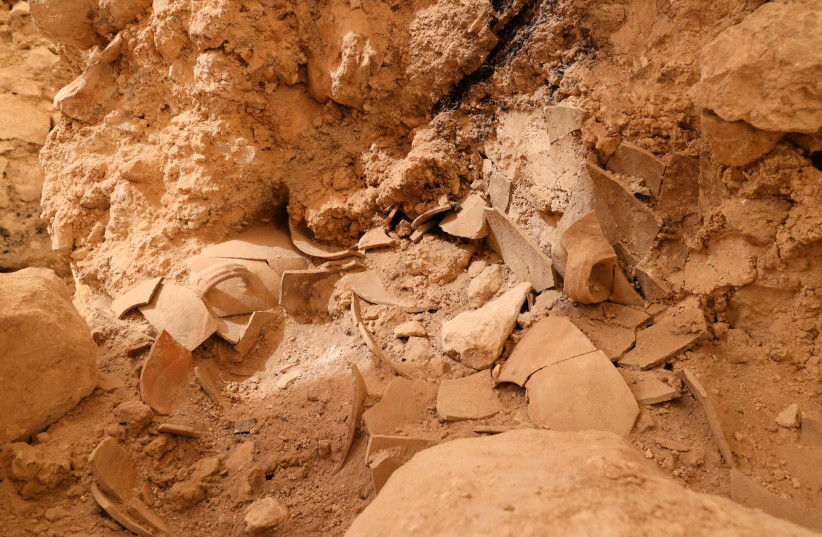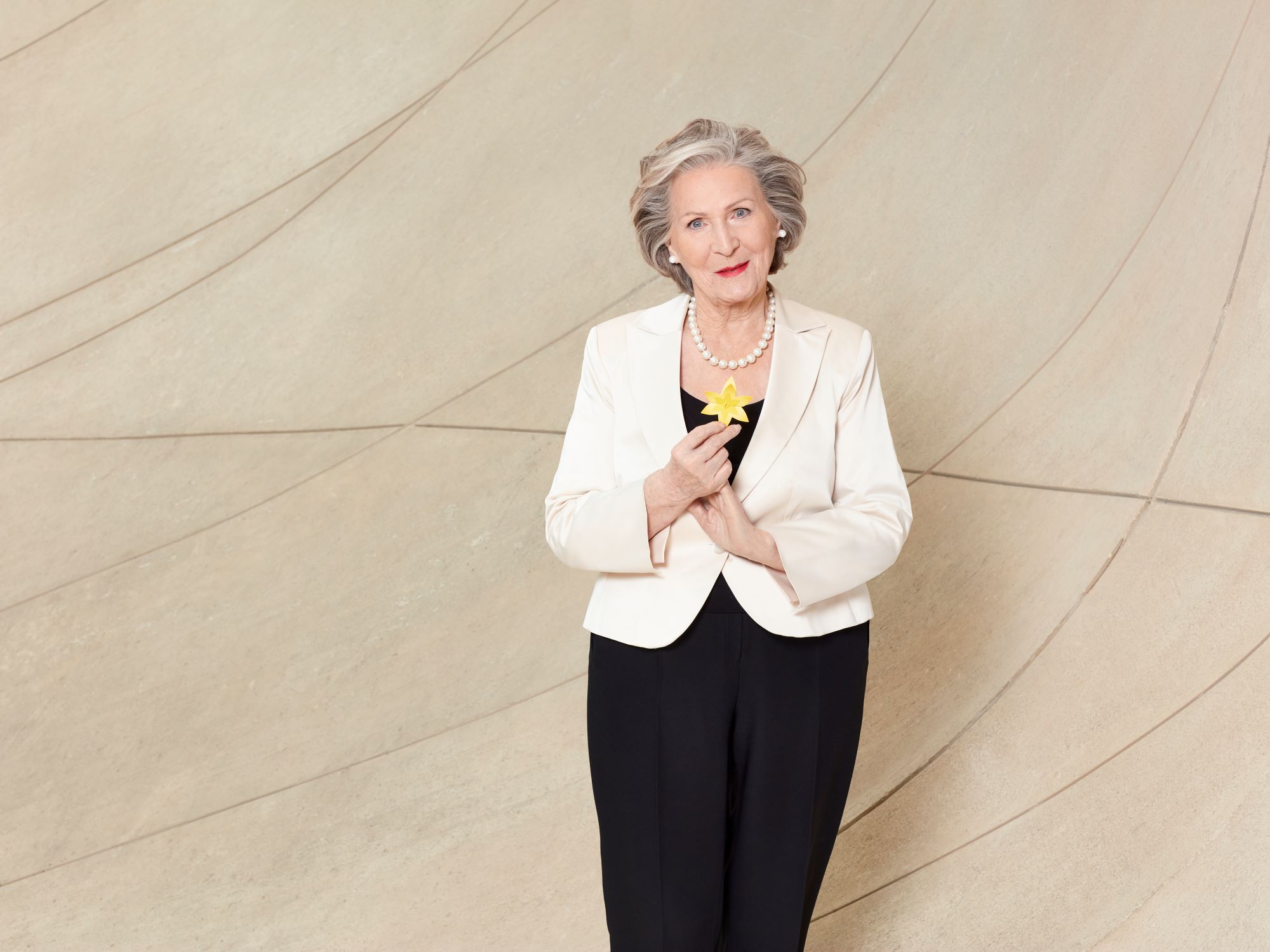
 Akcja społeczno-edukacyjna Żonkile 2022
Akcja społeczno-edukacyjna Żonkile 2022
Muzeum Polin
Zachęcamy do udziału w dziesiątej, jubileuszowej, akcji społeczno-edukacyjnej Żonkile. Ze względu na pandemię, trzeci rok z rzędu działamy zarówno w Internecie, jak i w terenie. Tematem przewodnim akcji jest miłość. 19 kwietnia 2022 zachęcamy do przypięcia żonkila na znak, że #ŁączyNasPamięć.
Akcję Żonkile wspierają w tym roku także nowi ambasadorzy i ambasadorki: Irena Santor, Krzysztof Gonciarz, Eliza Rycembel, Janusz Gajos, Andrzej Piaseczny i Aleksandra Popławska oraz nasi wspaniali wolontariusze – Dariusz, Joanna i Weronika.
Miłość motywem przewodnim akcji Żonkile
Marek Edelman, jeden z przywódców powstania, pytał w książce “I była miłość w getcie”: “Dlaczego nikt mnie nie pyta, czy w getcie była miłość”? Dlaczego nikogo to nie interesuje?”. Podczas tej edycji akcji Żonkile zastanowimy się nie tylko nad zadanym przez Edelmana pytaniem, ale również nad tym, czym była i co znaczyła miłość w getcie warszawskim. Opowiemy o tym, jak wiele miała oblicz: od miłości rodzicielskiej, przez miłość do przyjaciół, idei aż po miłość romantyczną.
Podkreślimy również znaczenie – niezwykle ponadczasowych i uniwersalnych – stanów emocjonalnych czy postaw mających z miłością wiele wspólnego: empatii, wrażliwości na krzywdę innych, poświęcenia na rzecz potrzebujących. Także w tym przypadku towarzyszyć nam będą słowa Edelmana: “Nienawiść jest łatwa. Miłość wymaga wysiłku i poświęcenia”.
Tegoroczna akcja Żonkile odbywa się w czasie, gdy w naszej części kontynentu znów giną ludzie – gdy ponownie mordowani są mężczyźni, kobiety i dzieci. Chcemy, by udział w kampanii odbywającej się pod hasłem miłości był także formą manifestacji naszego sprzeciwu przeciwko wojnie, przeciwko wszelkiej agresji. Pamiętając o słowach Mariana Turskiego, że Auschwitz nie spadło z nieba, chcemy solidaryzować się z tymi, którzy walczą o swój kraj, swoją godność i swoich najbliższych.
Dlatego program towarzyszący akcji społeczno-edukacyjnej Żonkile skoncentrowaliśmy właśnie wokół miłości. 19 kwietnia odbędzie się prapremiera (BRAK MIEJSC) monodramu “Mama zawsze wraca” na podstawie książki Agaty Tuszyńskiej. Kolejne spektakle zagramy 20 i 21 kwietnia. KUP BILET NA SPEKTAKL >>
Poznaj pełny program wydarzeń jubileuszowej akcji Żonkile >>
Przygotowaliśmy również pakiet materiałów edukacyjnych dla każdej grupy wiekowej dzieci i młodzieży. Materiały pomogą włączyć się w obchody 19 kwietnia. Wszystkie treści są dostępne dla osób z niepełnosprawnościami.
Jak dołączyć do akcji Żonkile? / Skąd wziąć rocznicowy żonkil? >>
Mural przy metrze Centrum
Od 18 do 30 kwietnia przy metrze Centrum będziecie mogli zobaczyć mural upamiętniający osoby, których historie na różne sposoby łączą się z tegorocznym hasłem kampanii: Alinę Margolis-Edelman, Annę Braude-Heller, Stefanię Wilczyńską, Polę Lifszyc, Marysię Ajzensztadt, Cywię Lubetkin i Icchaka Cukiermana, Irenę Sendler i Adama Celnikiera, Gelę Seksztajn i Izraela Lichtensztajna, Stanisława Chmielewskiego oraz Władysława Bergmana.
Zachęcamy Was do publikowania zdjęć żonkili i naklejek w mediach społecznościowych. Nie zapomnijcie o hashtagach: #ŁączyNasPamięć oraz #AkcjaŻonkile, a także o oznaczeniu profilu @polinmuseum.
W tym roku wspierają nas: Ambasada RP w Buenos Aires, Instytut Polski w Tel Avivie, Centrum Dialogu im. Marka Edelmana.
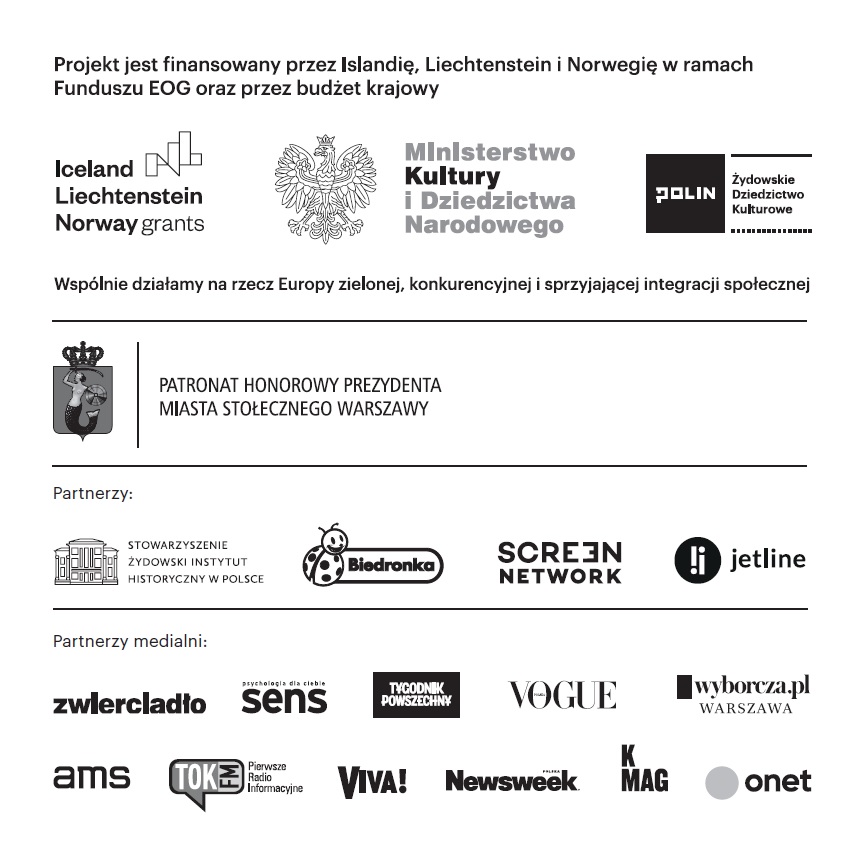
Zawartość publikowanych artykułów i materiałów nie reprezentuje poglądów ani opinii Reunion’68,
ani też webmastera Blogu Reunion’68, chyba ze jest to wyraźnie zaznaczone.
Twoje uwagi, linki, własne artykuły lub wiadomości prześlij na adres:
webmaster@reunion68.com
 80. rocznica powstania w getcie warszawskim
80. rocznica powstania w getcie warszawskim
POLIN
 PŁONĄCE GETTO WARSZAWSKIE WIDZIANE Z KAMIENICY PRZY UL. JASNEJ 16 (1943 R.). FOT. MUZEUM HISTORII ŻYDÓW POLSKICH
PŁONĄCE GETTO WARSZAWSKIE WIDZIANE Z KAMIENICY PRZY UL. JASNEJ 16 (1943 R.). FOT. MUZEUM HISTORII ŻYDÓW POLSKICH
Ludzkim jest bać się, ludzkim jest cierpieć, ludzkim jest przeciwstawiać się złu. W 2023 roku zapraszamy na wystawę, którą wspólnie z Centrum Badań nad Zagładą Żydów pragniemy upamiętnić 80. rocznicę powstania w getcie warszawskim.
19 kwietnia 1943 roku Niemcy rozpoczęli ostateczną likwidację getta w Warszawie. Kilkaset bojowniczek i bojowców żydowskiego podziemia odpowiedziało zbrojnym oporem. Wybuchło powstanie.
Pozostali mieszkańcy getta, około 50 tysięcy “cywilnych” Żydów przez wiele tygodni ukrywało się w kryjówkach i bunkrach. Pomimo rozpaczy, samotności, głodu, pragnienia i strachu walczyli o każdy kolejny “dzień, godzinę, minutę”. Ich cichy opór był tak samo ważny, jak ten z bronią w ręku. Przez wiele dni pozostali nieuchwytni – zeszli do podziemi i nie podporządkowali się rozkazom Niemców. To o nich, o “nieuchwytnych”, opowiada wystawa.
Pokażemy, jak wyglądało codzienne życie w bunkrze, w jakich warunkach przebywano i z kim dzielono przestrzeń kryjówki, jak radzono sobie z rutynowymi czynnościami i potrzebami. Postaramy się “dotknąć” fizyczności bycia w bunkrze: ciemności, gorąca płonących murów, braku przestrzeni i powietrza, dźwięków, które często były jedynym sposobem pozyskania informacji o tym, co działo się na powierzchni.
Opowiemy o kształtowaniu się relacji między ukrywającymi się oraz o ich uczuciach i emocjach. Z jednej strony – o konfliktach, strachu, chwilach paniki, braku nadziei, poczuciu opuszczenia i zobojętnienia świata na ich los oraz świadomości przegranego życia; z drugiej – o potrzebie miłości, bliskości i sprawczości, o braniu odpowiedzialności za innych. Chęć życia, ocalenia siebie i swoich bliskich, tworzenie wspólnoty, której członkowie wspierają się i chronią się nawzajem, to także jeden ze sposobów sprzeciwiania się złu.
Wystawa, choć dotyczyć będzie historycznego czasu i wydarzeń, poruszy uniwersalne dylematy, postawy i uczucia, postawi pytania ważne we współczesnym świecie. Jak zachowujemy się w obliczu śmierci? Gdzie jest granica między walką o życie a poddaniem się? Co czują ludzie wyrzuceni poza nawias społeczeństwa, otoczeni obojętnością lub wzgardą, “tonący”, jak pisało o sobie wielu bohaterów i bohaterek, dla których nie ma ratunku? W jaki sposób możemy sprzeciwić się złu, dać mu odpór? Czym jest obojętność i do czego prowadzi? Czy towarzyszy nam wstyd wobec bycia świadkiem cierpienia innych?
Głównym materiałem na wystawie będą świadectwa Żydów ukrywających się w bunkrach w getcie oraz po stronie aryjskiej. Wszystkie inne przedmioty, pamiątki zostały zniszczone, spalone. Dlatego słowa mają na tej wystawie szczególną moc i funkcję. Nie tylko przekazują przeżycia, emocje i doświadczenia ich autorów, ale stanowią także wyjątkowe świadectwo, często jedyny ślad, który pozostał po tych ludziach.
-
- Autorka koncepcji wystawy: prof. Barbara Engelking
- Kuratorka: Zuzanna Schnepf-Kołacz
- Kuratorka organizacyjna: Agata Polak.
.
.

Darowizny na cele statutowe Muzeum POLIN
Dzisiaj każdy może włączyć się w dzieło wsparcia Muzeum POLIN!
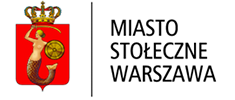
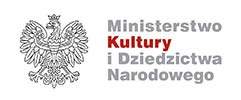
Zawartość publikowanych artykułów i materiałów nie reprezentuje poglądów ani opinii Reunion’68,
ani też webmastera Blogu Reunion’68, chyba ze jest to wyraźnie zaznaczone.
Twoje uwagi, linki, własne artykuły lub wiadomości prześlij na adres:
webmaster@reunion68.com





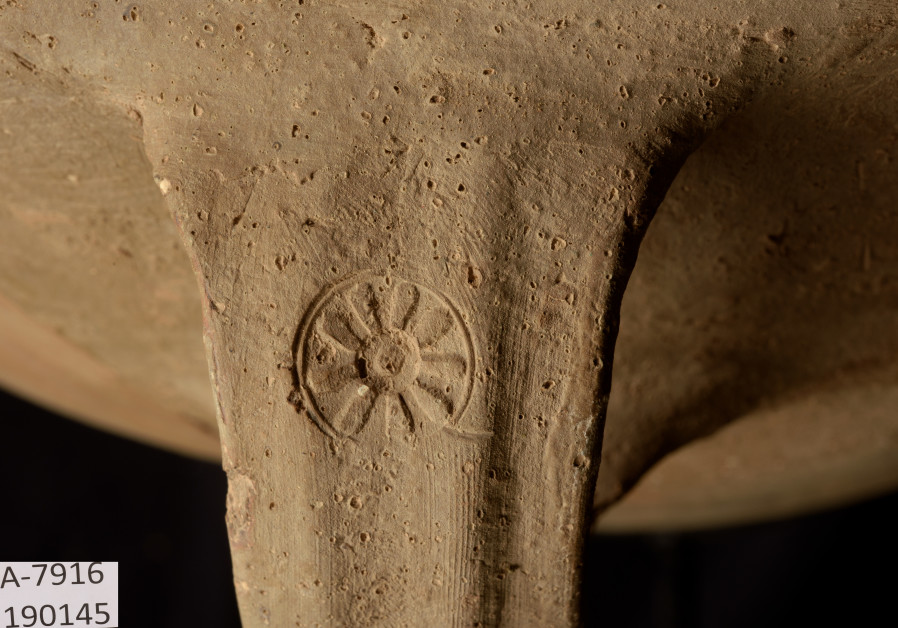 .
.